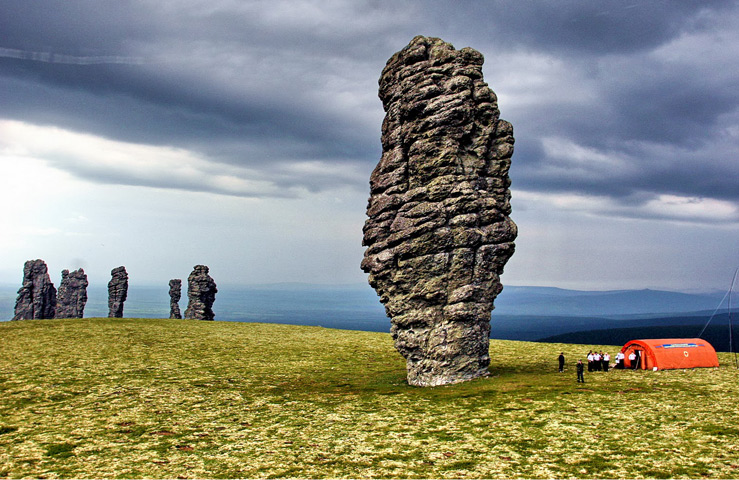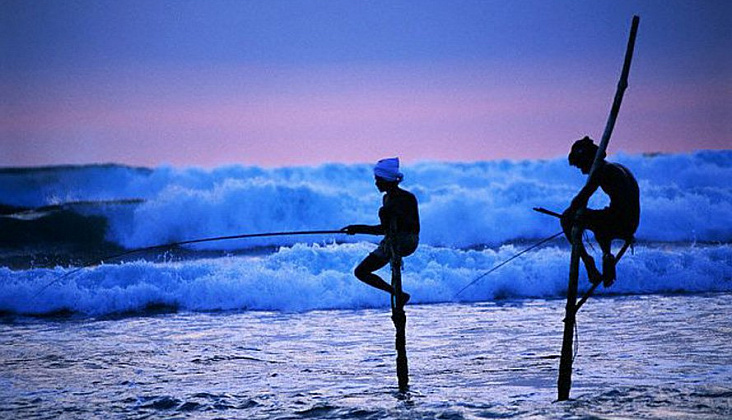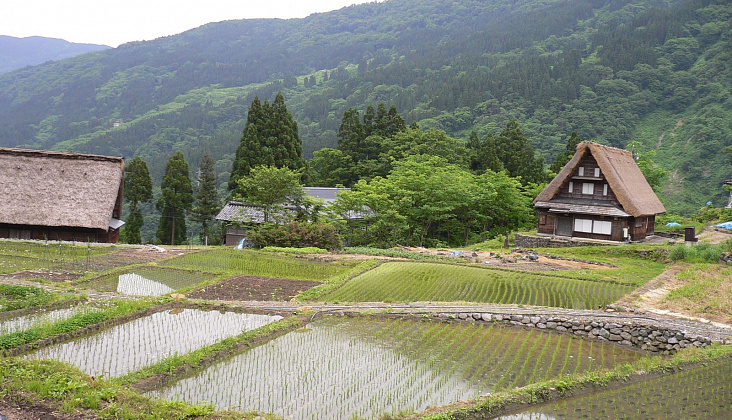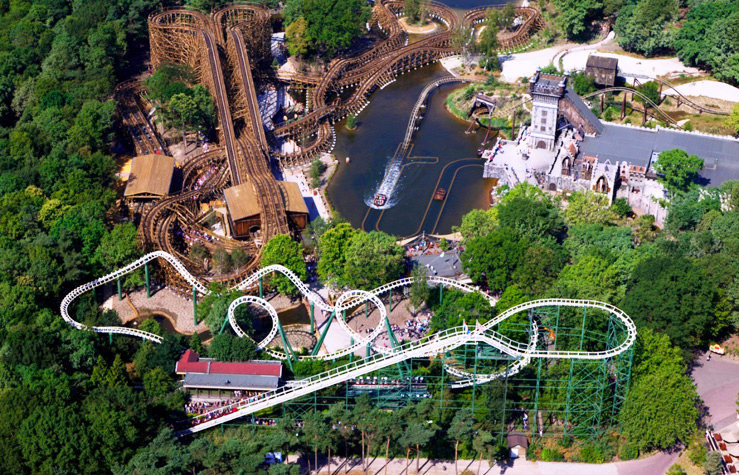Prague
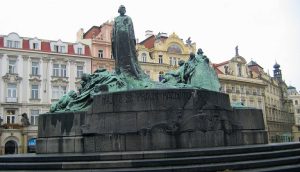 The level of comfort and service in Prague hotels does not always correspond to the declared star rating. Meals are usually based on breakfast (not the most satisfying “European” option).
The level of comfort and service in Prague hotels does not always correspond to the declared star rating. Meals are usually based on breakfast (not the most satisfying “European” option).
The most comfortable and expensive hotels are usually located in the central districts “Prague-1” and “Prague-2”. In recent years, new high-class hotels have appeared and at some distance from the center.
In addition, in Prague there are many guest houses and hostels. Most of them are located far from the center (especially a lot of them in areas built up with villas and private houses), but they are in the central areas.
Up Last changes: 01/23/2012
INTERESTING AND USEFUL ABOUT PRAGUE
Apparently, the last existing urban pneumatic mail system in the world, which appeared for the first time in 1887, has been preserved in Prague. Unfortunately, during the 2002 flood, several stations were damaged and the system stopped working. Czech Post is about to restore it and put it back into operation. In addition to museum-historical significance, such a system has purely practical advantages: for example, a telegram or a small packet from a post office in the New Town can be delivered to Prague Castle within 3-5 minutes, which is significantly faster than any other type of transport, including express service.
A bronze monument to Jan ижižka on Vitkov Hill (height – 9 m, weight – 16.5 tons), opened in 1950, is now considered the third largest bronze equestrian statue in the world.
On May 17, 2007, the current mayor of Prague, Pavel Bem, successfully climbed Mount Everest, becoming the tenth Czech to conquer the highest peak in the world.
Rabbi Yehuda Lev Ben Bezalel lived in Prague, who, according to legend, created the most famous golem. According to legend, a golem was created on the bank of the Vltava from four elements. The remains of the golem still lie in the attic of the Staronova Synagogue – the oldest in Europe, operating to this day. The chair on which the rabbi sat during prayers was kept intact in it. During the excursions, the guides tell the Renaissance parable about the golem, which was developed in the works of Karl Chapek and Gustav Meyrink.
One of the best places for shopping is the central street Na Příkopě. There are many shops with clothes and shoes of European brands, cafes and restaurants. In this regard, Wenceslas Square is also good.
Up Last changes: 04/04/2013
CITIZENS – SIGHTSEEING
Hradcany
Hradčany is a historical district of Prague located on a spacious rocky hill on the left bank of the Vltava River. The name of the district comes from the word “hrad”, which in Czech means “castle, fortress, fortified settlement”.
Around the beginning of the 19th century, a forest approached the western part of Prague Castle, through which the road to the Břevnovsky, and later the Strahov Monastery, passed and led further towards northwestern Bohemia. Near this road, near Grad (on the site of modern Hradcany Square), around 1320, the burggraph Hinek Berka, their Dubé, founded a small town, the smallest of Prague’s cities and the third after Stare Mesto and Mala Strana. In fact, the whole city consisted of space for market trading and two streets.
This settlement during the reign of the Czech King Charles IV (1375) was expanded further west to the modern Pogorzhelets Square, Loretansky Square and the New World, and was also protected by a system of ramparts (The Hungry Wall). Like the nearby town of Mala Strana, the Hradcans fell victim to the destruction of the Hussite wars in 1420 and in 1541 burned out completely along with the territory of Prague Castle.
After this fire, the area freed from previous buildings began to be bought by nobles and church representatives, Renaissance palaces and canonical houses began to grow. The prestige of the city increased in 1598, when Emperor Rudolph II of Habsburg granted it the status of the “Royal City”. At about the same time (1588) the building of the Hradcany Town Hall dates back to the door of which is still located the metal “Prague elbow” – an official measure lengths of that time.
Until the first half of the 18th century, the Hradcany was separated from the Prague Castle complex by a deep artificial moat with a hinged bridge. In 1784, during the reform of Joseph II, Hradcany was merged into the Royal City of Prague as part of the other three cities. Currently, the Hradcans are part of the administrative districts of Prague 1 and Prague 6.
Prague Castle
Prague Castle (Pražský hrad) is a fortress located in Hradcany on a high hill towering above Prague. At different times, Prague Castle played and still plays the role of the residence of kings, emperors and presidents. The city remains the official residence of the head of state at the present time. The city is considered the largest in size presidential residence in the world.
Prague Castle is exceptionally rich in architectural, artistic and historical sights. Architectural Dominant – St. Vitus Cathedral.

